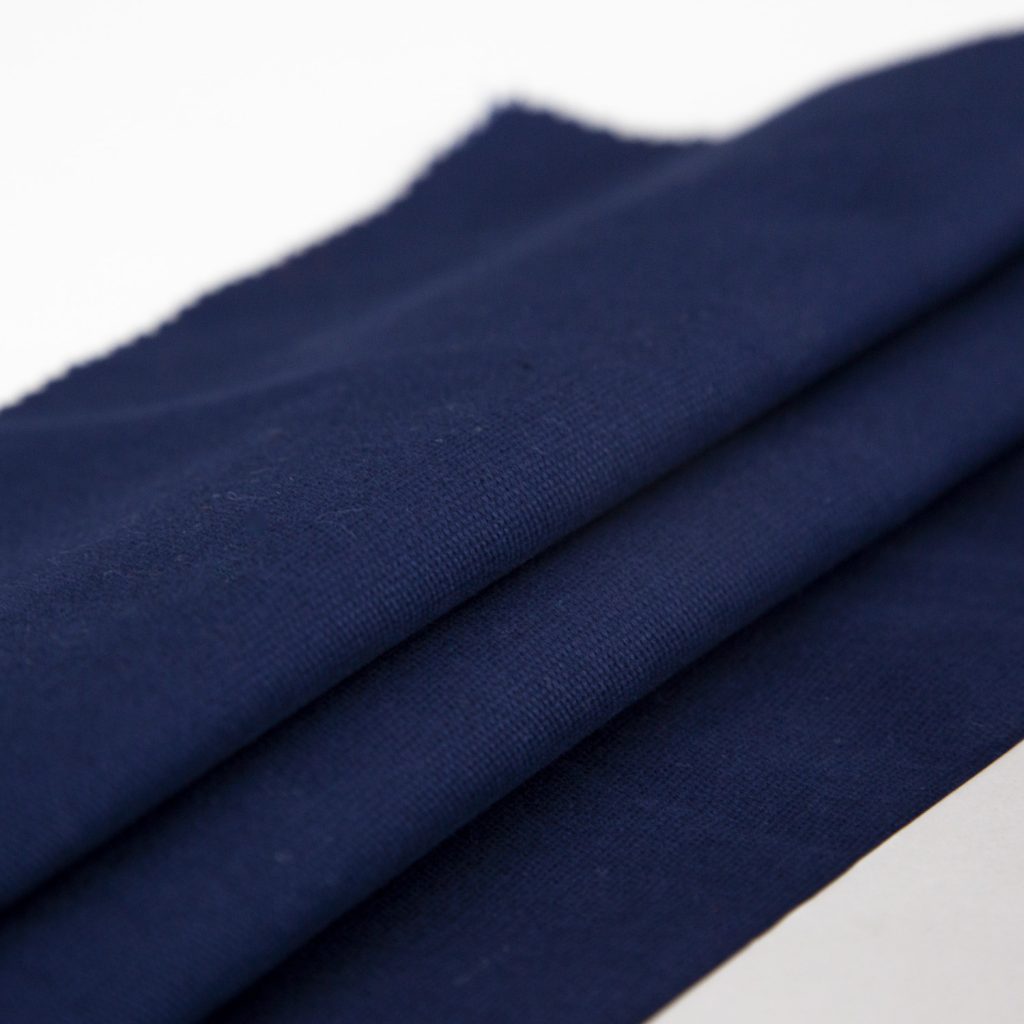What Are Stretch Fabrics?
Stretch fabrics are fabrics that stretch and then return to their original shape without getting stretched out. They’re usually made with fibers like Lycra, spandex, or elastane, which are known for their ability to stretch. Stretch fabrics were originally developed for athletic wear, but they’ve made their way into workwear and have changed the way people work.
Types of Stretch Fabrics Used in Workwear
There are four main types of stretch fabrics used in workwear. The type of stretch fabric you choose will affect how well the workwear performs and how long it lasts.
Mechanical Stretch
Mechanical stretch is stretch that’s built into the fabric during the weaving process. It doesn’t have any elastic fibers added to it. It’s just woven in a way that gives it a natural amount of stretch. This type of stretch is good for workwear that’s going to be exposed to high temperatures or that’s going to be washed a lot. It’s durable and maintains its stretch properties. An example of workwear that uses mechanical stretch is uniforms in the industrial or manufacturing sectors.
Inherent Stretch
Inherent stretch fabrics are made with elastic fibers like Lycra, spandex, or elastane. These fibers give the fabric stretch and make it more comfortable. The stretch in the fabric allows the garment to move with the wearer. An example of workwear that uses inherent stretch is healthcare uniforms. These uniforms are made with stretch fabrics to help medical professionals stay comfortable during long shifts.
2-Way Stretch
2-way stretch fabrics stretch in one direction. They stretch either horizontally or vertically. 2-way stretch fabrics don’t stretch as much as 4-way stretch fabrics, but they’re more cost-effective. An example of workwear that uses 2-way stretch is casual workwear like polo shirts or trousers. These garments use 2-way stretch fabrics to make them more comfortable.
4-Way Stretch
4-way stretch fabrics stretch in all four directions. They stretch up, down, left, and right. 4-way stretch fabrics give you the most freedom of movement. They’re great for workwear that requires a lot of bending, squatting, or reaching. An example of workwear that uses 4-way stretch is outdoor workwear for construction crews or athletes. This workwear needs to be able to stretch in all directions to accommodate the wearer’s movements.

Why Stretch Fabrics Are Essential in Workwear
- Improve mobility: Stretch fabrics allow workers to move freely and comfortably. They can bend, squat, reach, and move without feeling restricted. This is important for jobs that require physical labor, such as construction or logistics.
- Increase comfort: Stretch fabrics move with the body, reducing physical stress and discomfort during long hours of work. This is important for people who work in service industries and are on their feet all day.
- Boost productivity: Comfortable clothing reduces fatigue, which means workers can maintain higher energy levels and be more productive throughout the day.
- Enhance safety: Stretch fabrics allow workers to move more naturally, which reduces the risk of muscle strains and joint injuries. This makes the workplace safer.
- Are durable: Many stretch fabrics are designed to withstand industrial laundry processes while maintaining their elasticity and structure. This means they will last a long time, which is a good investment for employers.
Where Stretch Fabrics Are Used in Workwear
- Construction: Construction workers need 4-way stretch fabrics that allow them to move freely and that can withstand the abrasive conditions of their work. An example is high-performance trousers that are durable and allow freedom of movement.
- Healthcare: Medical professionals need uniforms made with stretch fabrics that allow them to move comfortably and perform precise tasks. An example is scrubs made with a blend of spandex that provide flexibility and breathability.
- Hospitality: Service workers need uniforms made with stretch fabrics that are comfortable and allow them to perform their duties during long shifts. An example is hotel staff uniforms made with mechanical stretch fabrics that look polished but are functional.
- Outdoor workwear: People who work outside and need to move a lot need 4-way stretch fabrics that are comfortable and durable. An example is jackets and pants used by forestry workers or extreme sports professionals.
What to Consider When Choosing Stretch Fabrics for Workwear
- Maintenance: Stretch fabrics often require special care to maintain their elasticity and structure. Make sure you provide clear instructions to workers on how to wash and care for their uniforms.
- Cost versus performance: While 4-way stretch fabrics provide the most benefits, they are more expensive than 2-way or mechanical stretch fabrics. Consider the long-term value in terms of durability and worker productivity.
- Sustainability: Many manufacturers now offer stretch fabrics that are eco-friendly. Examples include stretch fabrics made with recycled polyester or organic cotton. These fabrics reduce environmental impact.
- Job-specific needs: The type of stretch fabric you choose depends on the demands of the job. For example, construction workers need durable stretch fabrics, while healthcare workers need stretch fabrics that are comfortable and easy to keep clean.
Conclusion
Stretch fabrics have changed the game when it comes to workwear. They provide comfort, mobility, and durability that was unheard of in the past. Whether you’re a construction worker who needs rugged flexibility or a healthcare professional who needs breathable comfort, there are stretch fabrics that will meet your needs. By understanding the types, benefits, and applications of stretch fabrics, you can make informed decisions that will improve worker satisfaction and productivity. Are you ready to upgrade your workwear with stretch fabrics? Look for options that meet your needs and experience the difference for yourself!

